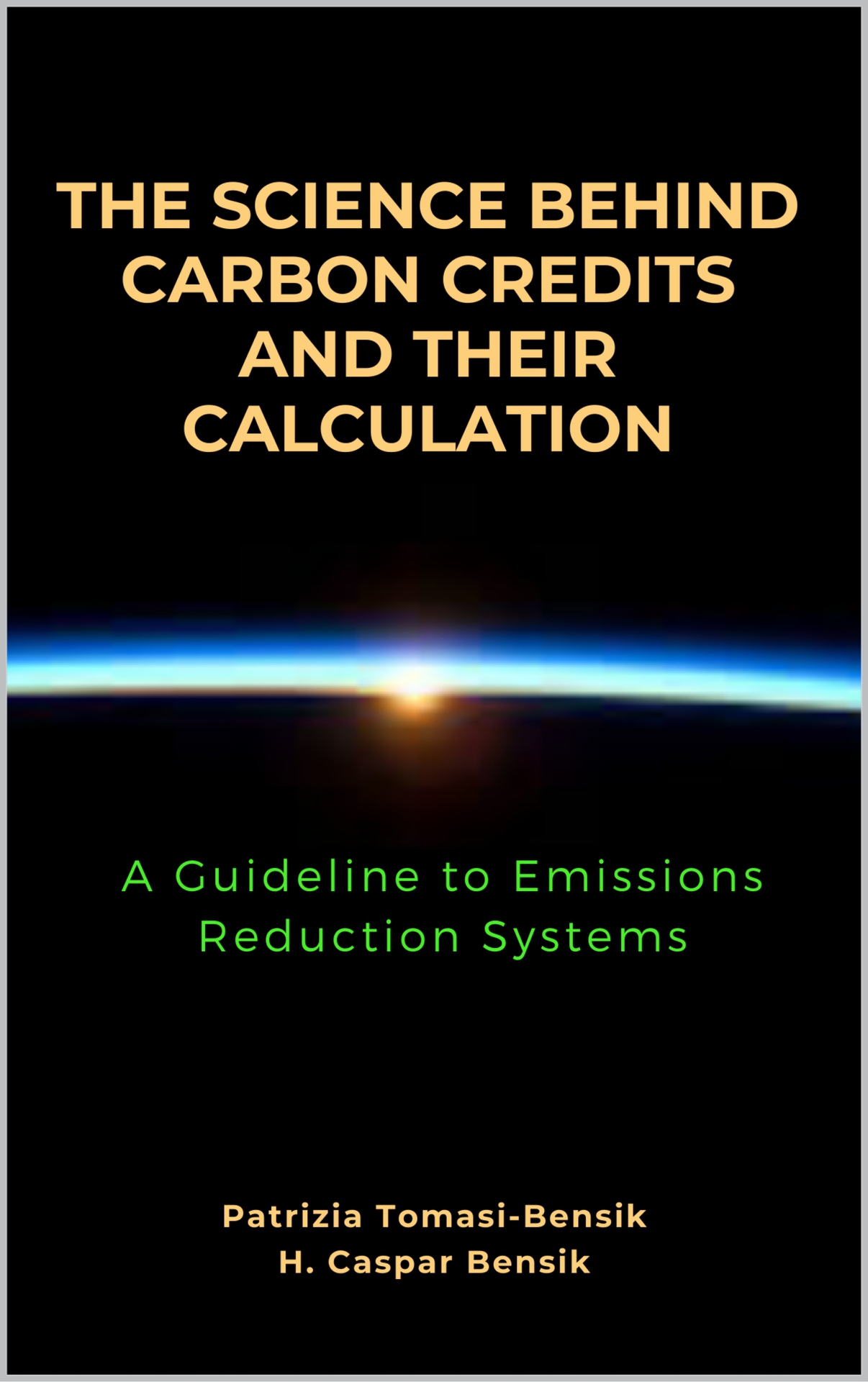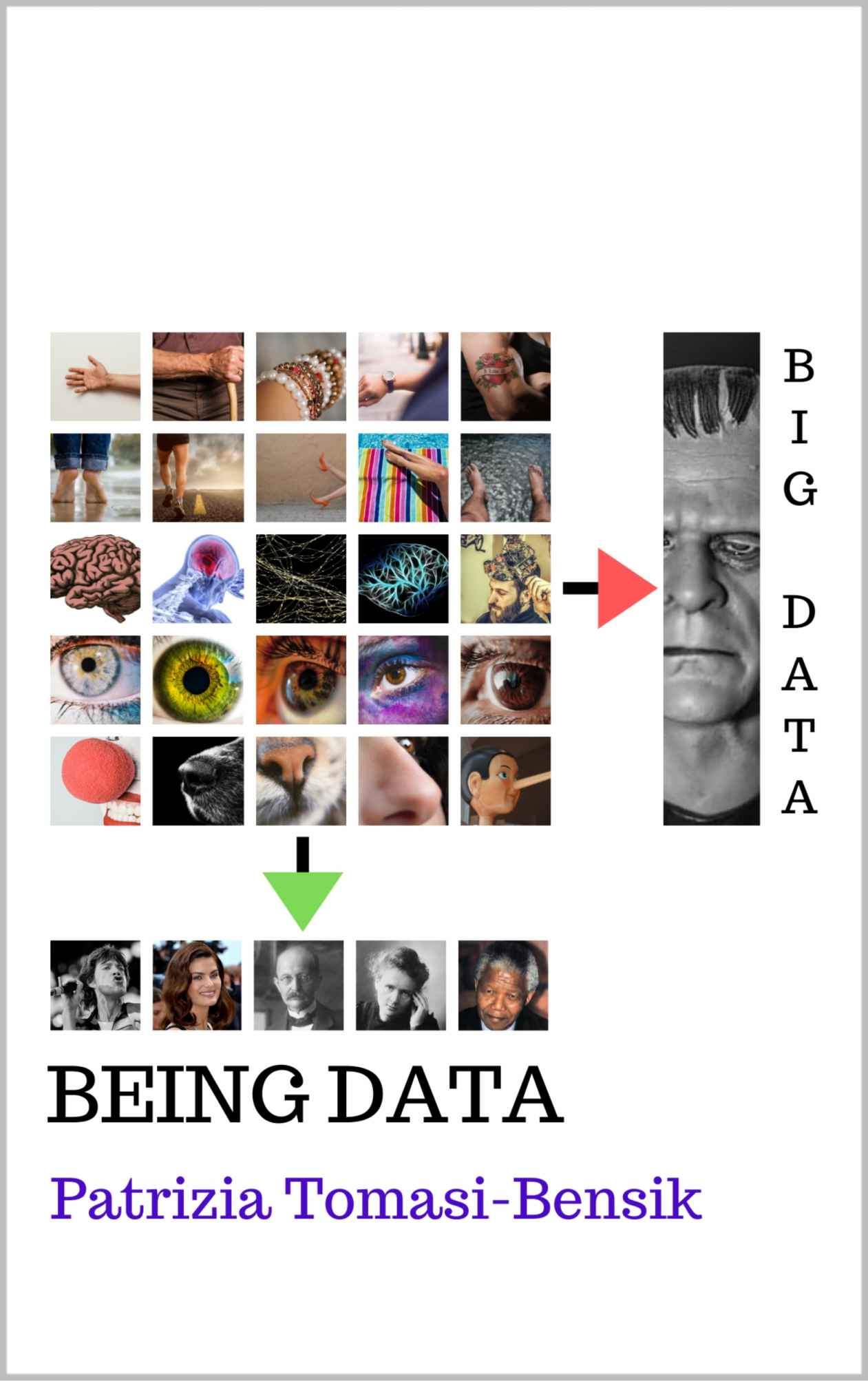Planck E PressCenter Articles
Particles or Superstrings?
Date published: 2023-02-08
Date modified: 2023-02-08
Reading time: 00:01:06

“You don’t have to be a genius to recognize one.
If you did, Einstein would never
have gotten invited to the White House.”
Tom Robbins
One of the difficulties of quantum mechanics, on which everyone agrees, is the lack of adequate language to express it. This is the effect of its inadequacy on the Consensus that makes us so uncomfortable.
We have already talked about elementary particles; about not being bits of matter. Today we'll talk about one-dimensional strings.
In an Indiana Jones quest for a theory that would unite relativity and quantum mechanics, four pillars would guarantee the structure of the building: the strong nuclear force, which guarantees the cohesion of the quarks that make up protons and neutrons and allows their nuclear stability through the action of gluons; the electromagnetic force, which acts on electrically charged particles through the action of photons; the weak nuclear force, which is defined by short-range repulsion and creates radioactivity between electrons, neutrinos, quarks, and occurs through the action of the W boson. Finally, we would have the gravitational force, which is supposed to be long-range and whose action would affect the particles as mass. Its mechanism of action would be through a theoretical particle, the graviton.
In Stephen Hawking's Holy Grail, the Theory of Everything, gravity was always the problem.
There was a time when the interest in the supersymmetry of supergravity was replaced by an overwhelming concept: instead of elementary particles, the universe would be composed of one-dimensional strings -the concept of which begins to make sense from Grassmann's exterior algebra- that can operate either with their ends loose or closed in rings.
Just as we can observe in the strings of that Fender Player Telecaster HH of every guitarist's dreams, the strings of the theory would have the capacity to maintain vibrational and frequency patterns that would guarantee supersymmetry through the correspondence of undulations/vibrations to greater or lesser masses of bosons and fermions; where the largest infinities cancel out, resulting in supergravity.
Okay, it's not easy. But bringing Fender into the subject was pretty cool, right?
Recent Presscenter Articles
-
The Parametrization of Science
-
A Scientific Impossibility
-
The Unsustainable Stability of the Atom
-
The Bell-Curve and the Neutron
Planck E - Books
For further information about Planck E PressCenter, please contact us.
Divulging ingenious solutions
The mission of the Planck E PressCenter is to promote ideas, products and theories that have not yet reached the mainstream, as captured in our first release Eccentrics and their Ingenious Solutions.
Newsletter
Sign up for our weekly Planck E Newsletter, complete with the latest ingenious solutions.
Click here for the signup form.
Submit your ingenious solution
We encourage you to submit your ingenious solution, article, press release or "out of the mainstream" technical idea for publication on the Planck E PressCenter. Please send us an e-mail to presscenter@planck-e.com and enquire how.
To learn more about holistic engineering, solutions inspired by nature, monetization of diseconomies, training courses or the incorporation of Being Data to your day-to-day, please follow us on the social networks.



